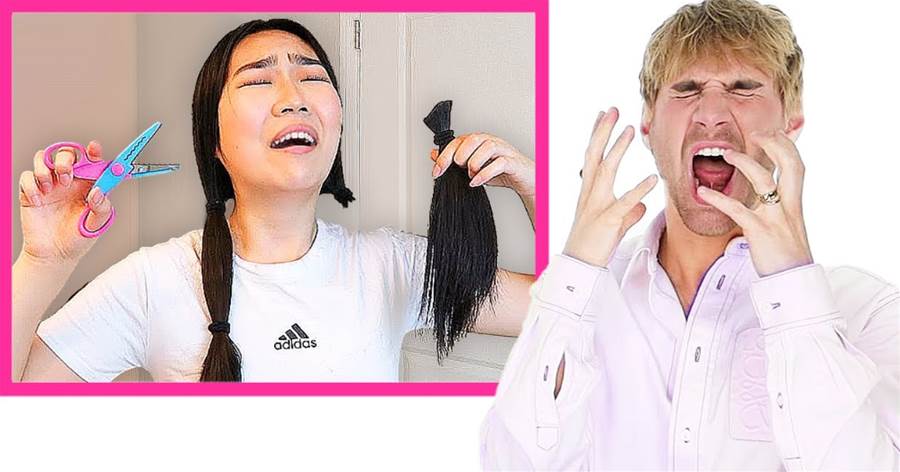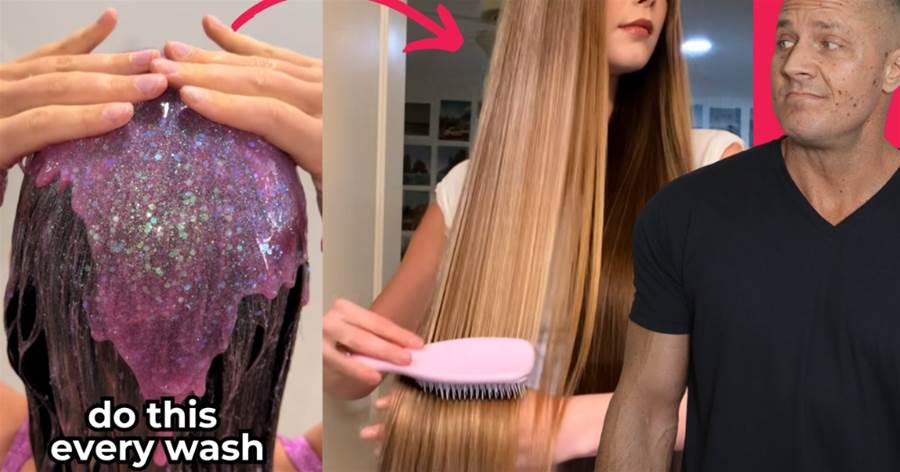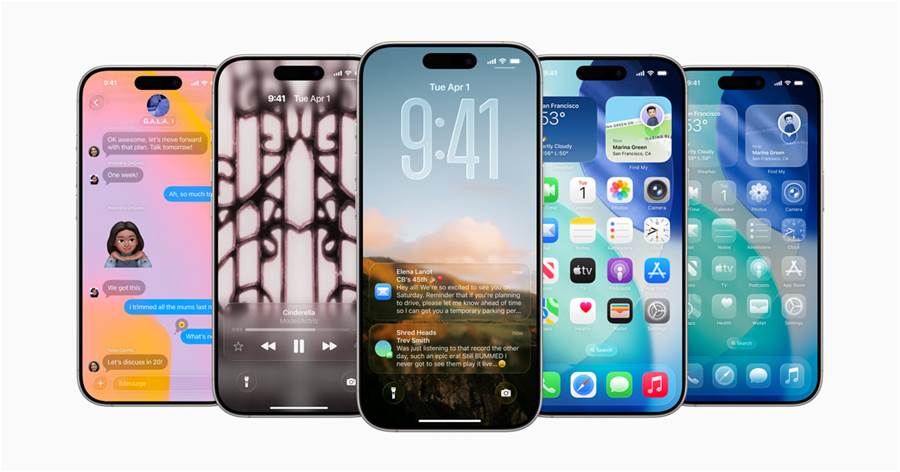
Imagine walking up to a stranger on the street and asking them to let you style their hair.
It sounds like a harmless, even fun, social experiment, right? But the reality of crossing that personal boundary may evoke a spectrum of reactions—from curiosity to discomfort. Let's dive into this unusual social scenario and unpack why asking someone to do their hair can be much more than it seems.
Hair is often viewed as an extension of one’s identity, and for many people, touching it is a deeply personal matter. This is especially true for individuals from marginalized groups, such as Black women, whose hair carries cultural significance.
Throughout history, Black hair has been subjected to various forms of discrimination and exoticization. For example, in the 18th century, laws in Louisiana required Black women to cover their hair to suppress what was seen as an attention-grabbing feature. Today, many Black women still face stereotypes and biases surrounding their natural hair, which makes unsolicited attention to it feel invasive.
With this cultural backdrop, even a seemingly innocent request like "Can I do your hair?" can evoke mixed feelings.
While some might see it as a fun experiment or even a compliment, others could interpret it as a microaggression, especially if it seems to reinforce old stereotypes or trivializes their hair care choices.
Even when cultural sensitivities aren't involved, asking a stranger to style their hair is, at its core, a potential social faux pas. Hair is part of our body, and allowing someone to touch it feels intimate—perhaps too intimate for a public space or a first encounter.
You wouldn’t walk up to someone and ask to fix their shirt or shoes, would you? Hair, with all its personal grooming, falls into the same category.
A famous example of this tension is the experience many curly-haired people share about strangers wanting to touch their hair. Some find it annoying and unsettling when someone asks to touch their curls, feeling that it violates their personal space. Whether they politely decline or offer a firm "please don’t touch," it’s clear that hair is not just hair—it’s a boundary line.
In the digital age, challenges that encourage people to break social norms have become increasingly popular. There are even YouTube videos of people asking strangers to do their hair. In some cases, people agree, turning the encounter into a light-hearted, spontaneous experience that bridges the awkwardness and turns into a fun social moment.
However, these interactions don’t always go smoothly. Not everyone will be comfortable with the request, and reactions might range from polite refusal to outright discomfort.
These social experiments thrive on the unexpected, but they also highlight how varied human responses can be when it comes to personal space.
The stakes get even higher when you consider the impact of hair-based discrimination. For Black women, their natural hair has often been seen as unprofessional or less “polished.” The simple act of asking someone to touch or style their hair can unwittingly bring up deep-seated issues of racial bias and judgment.
Laws like the CROWN Act are working to combat such discrimination, but the cultural conversation about hair is still evolving.
So, is it ever okay to ask a stranger to let you style their hair? The short answer is: it depends. For one, context matters. Are you at a festival where people are more open to playful social interactions? Or are you in a quiet café where such a question might feel intrusive? The individual’s mood and personal boundaries also play a huge role.
If you're going to ask, be prepared for any response and understand that it’s not just about hair—it’s about respect.
In a world where personal space and identity are increasingly important, knowing where to draw the line is key. What might seem like a harmless request to you could carry a lot more weight for the person on the other side.
What do you think? Would you let a stranger do your hair, or do you find the idea too invasive? Share your thoughts—hair experiments or social boundaries, where do you draw the line?



















